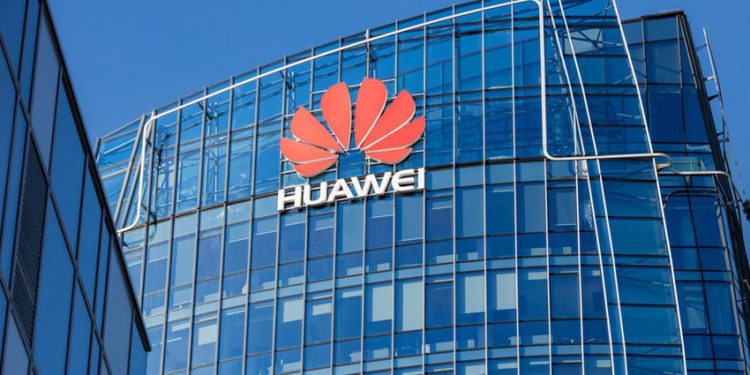Huawei became the biggest smartphone player in the world in the second quarter for the first time, a new report by Canalys shows.
The majority of sales came from China as its international business suffers due to U.S. sanctions.
The Chinese vendor shipped 55.8 million devices, down 5% year on year, according to the research firm. Meanwhile, second place Samsung shipped 53.7 million smartphones, a 30% plunge versus the same period last year.
It is the first time that Huawei has snagged the top spot for a single quarter, an ambition it has had for several years.
But analysts cast doubt over whether this was sustainable given the fact Huawei’s overseas markets outside of China took a hit as a result of U.S. sanctions against the company.
Huawei sold over 70% of its smartphones in mainland China in the second quarter. Meanwhile, smartphone shipments in international markets plunged 27% year-on-year in the April to June quarter.
In Europe, a key region for Huawei, the company’s smartphone market share fell sharply to 16% in the second quarter versus 22% in the same period in 2019, according to Counterpoint Research. It is the third-largest smartphone maker in Europe behind Samsung and Apple, showing how Huawei’s global position in the second quarter was built on efforts to expand its share in China, the world’s second-largest economy.
Given the massive population of China, success there often propels companies to a large “global” market share.
“It will be hard for Huawei to maintain its lead in the long term,” Mo Jia, analyst at Canalys, said in a press release. “Its major channel partners in key regions, such as Europe, are increasingly wary of ranging Huawei devices, taking on fewer models, and bringing in new brands to reduce risk.”
“Strength in China alone will not be enough to sustain Huawei at the top once the global economy starts to recover,” he said.
Last year, Huawei was placed on the U.S. Entity List, a blacklist which restricted its access to American technology. That meant Huawei could not use licensed Google Android on its latest flagship devices.
In China, where Google services such as Gmail or its search engine are effectively blocked, it’s not a big deal as Chinese consumers are not used to using those products. However, in international markets, not having Google is a big blow.
That is one reason why Huawei’s rivals, which are still able to use Android on their devices, have grown in market share. For example, in Europe, Chinese firm Xiaomi saw its market share increase from 6% in the second quarter of 2019 to 13% in the same period this year, according to Counterpoint Research.
Huawei was forced to release its own operating system called HarmonyOS last year. But analysts have previously cast doubt over its success in international markets given the fact that it is missing key apps from the App Store.
The Chinese telecommunications giant faced further pressure this year from Washington. A new rule introduced in May requires foreign manufacturers using U.S. chipmaking equipment to get a license before being able to sell semiconductors to Huawei.
This could affect Huawei’s ability to procure chips for its smartphones. While Huawei designs its own processors, they are manufactured by Taiwans’ TSMC which could be affected by this rule.
Do you have a story in your community or an opinion to share with us: Email us at editorial@watchdoguganda.com













